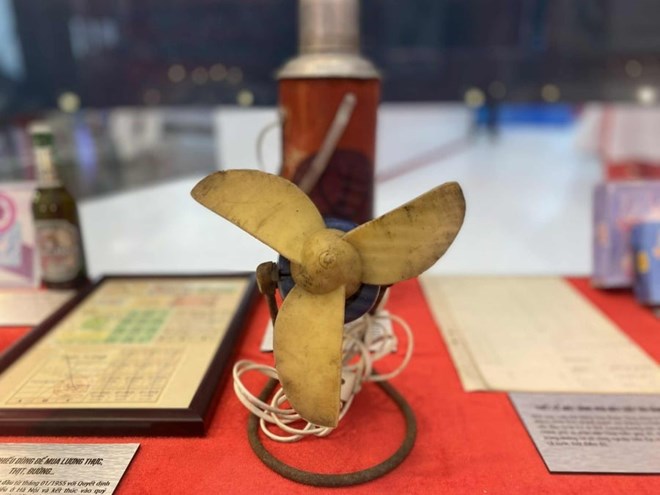
Image of toad fan at the National Achievement Exhibition. Photo: Mi Lan
During the two long resistance wars against the French and the Americans, until after liberation, the country faced countless difficulties due to the prolonged war. The Party and the State had to find many ways to help the people revive the country's economy .
At the National Achievements Exhibition, many documents, images, and artifacts from the wartime and subsidy period were displayed, evoking memories and emotions for many generations of viewers who came to the exhibition.
Veteran Tran Dinh Duc is 78 years old this year, still in good shape and sharp-minded. He jokingly said, “I am only 2 years younger than the country.” Mr. Duc has gone through many ups and downs, witnessed many turbulent periods in the nation’s history. He said, looking at images, artifacts, and documents from any period makes him emotional.
But, above all, the toad fan and the rice books during the subsidy period had a strong impact on his emotions, because they brought back so many memories of him and his family during those difficult years.
The fan is associated with the memories of many generations of Vietnamese people. In 1958, Thong Nhat Electrical Engineering Enterprise (now Thong Nhat Electrical Engineering Joint Stock Company) was established in Hanoi . One of the famous products of this enterprise is the fan.
This fan is also called the 35 fan because the selling price is 35 dong. The number 35 also represents the value of the fan when the starting salary of civil servants at that time was only 60 dong.
Besides the frog fan, Rang Dong thermos is also very famous as many Vietnamese families used this thermos from the subsidy period until later.

Food stamps during the subsidy period. Photo: Mi Lan
Ration stamps for purchasing food, meat, sugar, etc. are also displayed at the exhibition. The ration stamp system began in January 1955 with the decision to sell rice by ration stamps in Hanoi and ended in the second quarter of 1989.
During this period, most goods were distributed by the State through stamps and coupons. Each person, depending on their job position, occupation, and length of service, would be issued corresponding stamps and coupons to purchase necessities.
Besides food stamps, other "famous stars" of the subsidy period were food books and gasoline supply books.
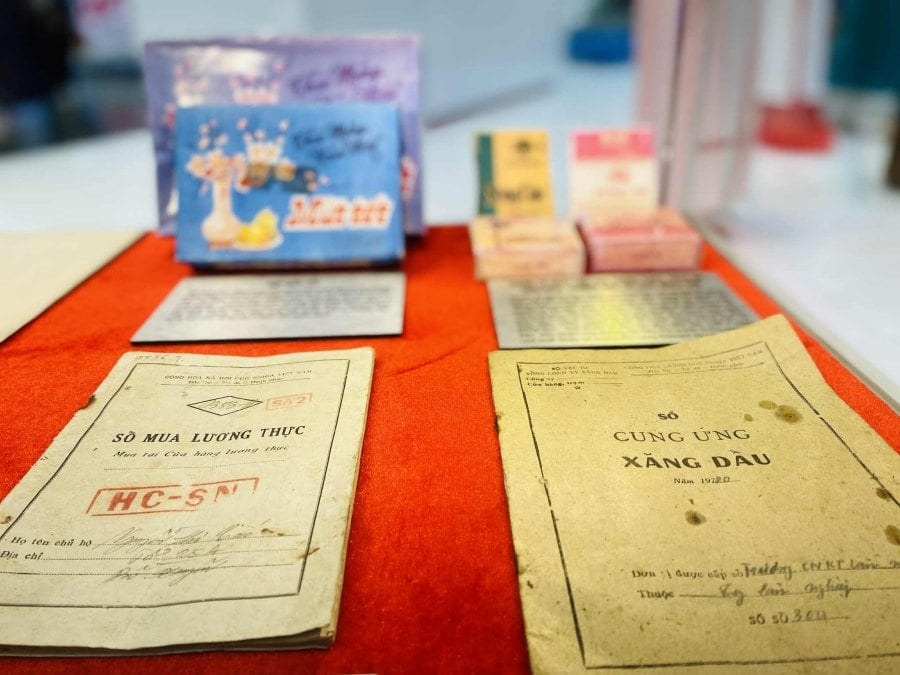
Food books and petrol supply books during the subsidy period. Photo: Mi Lan
The food book, also known as the “rice book”, was a very important book during the subsidy period. The book was only issued to households in urban areas and those working in the state sector in rural areas. If you lost this book, you would not be able to buy food. Therefore, during the subsidy period, there was a saying, “a face as blank as losing the rice book”.
Fuel supply book – During the subsidy period, fuel was only provided according to the quota for units, not widely distributed to the people. Units that were provided with fuel would receive a fuel supply book. The book clearly recorded the amount of fuel, type of fuel and time of supply. Since January 1987, fuel began to be sold on the retail market.
The exhibition displays many other valuable artifacts that few people know about, such as the capital contribution receipt for the construction of the 8/3 Textile Factory.
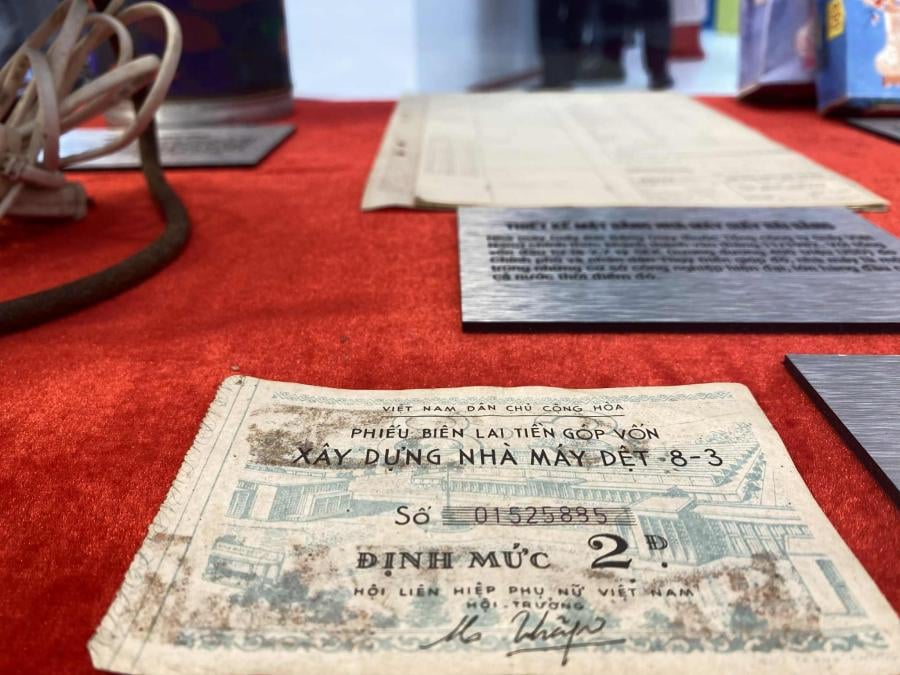
Receipt of capital contribution to build 8/3 Textile Factory. Photo: Mi Lan
Receipt for capital contribution to build the 8/3 Textile Factory – Receipt issued by the Vietnam Women's Union, confirming that the owner of the Receipt contributed 2 dong as capital to build the 8/3 Textile Factory. The factory was inaugurated on March 8, 1965, and was the largest and most modern textile factory in the North at that time. Notably, the majority of workers at the factory were women, including the mechanical repair department.
The savings books from 1945-1954 also bring special interest to viewers.
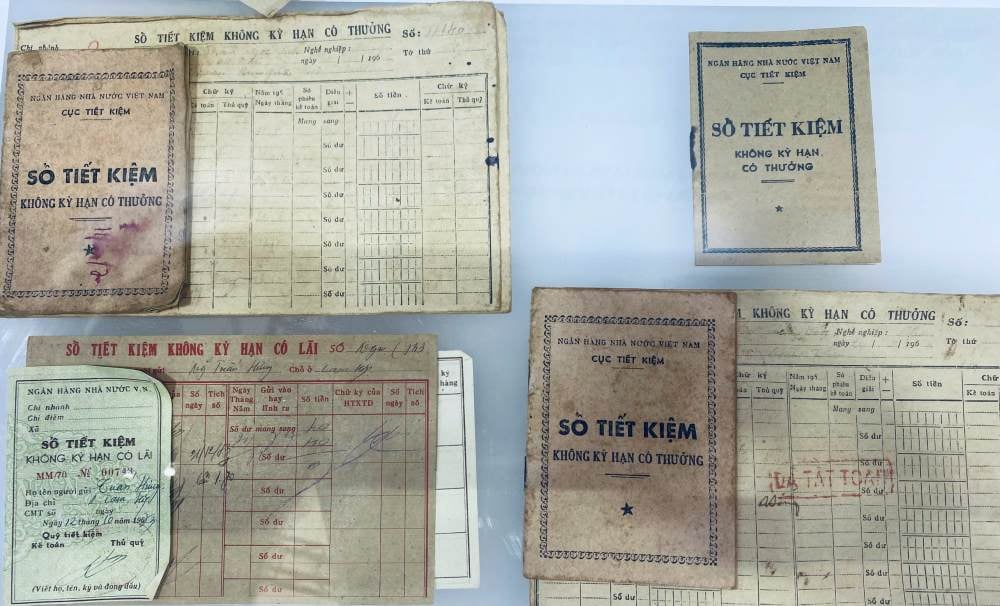
Types of savings books from 1945-1954. Photo: Mi Lan
Below are some precious images of the country's 80-year journey of development.
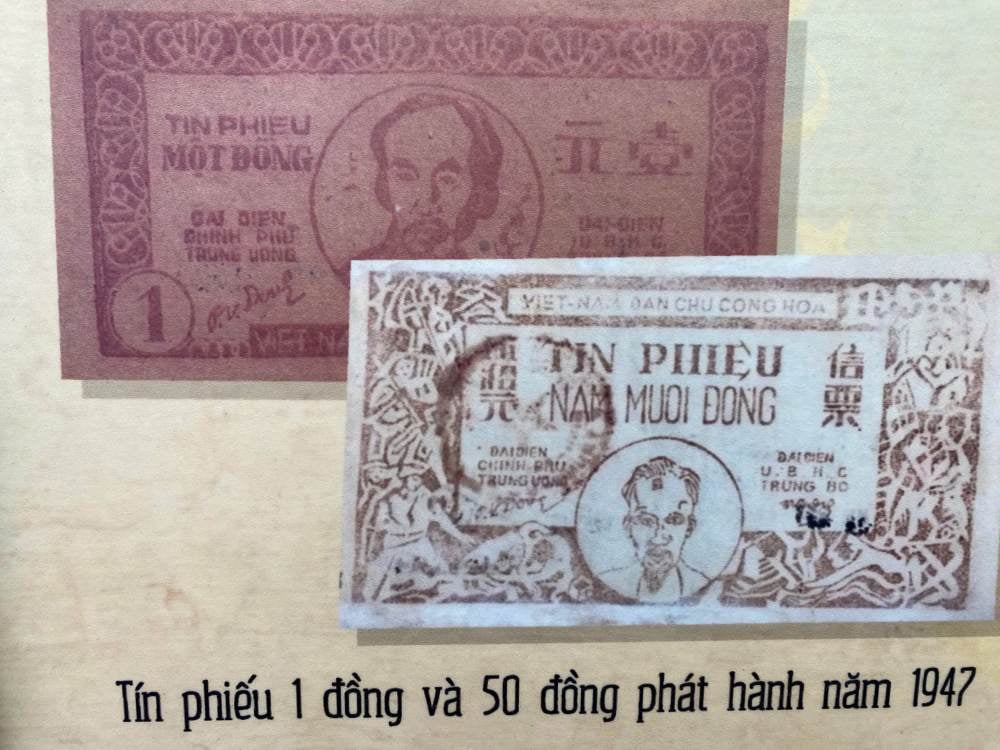


Zinc plate of 20 and 50 dong banknotes of the Democratic Republic of Vietnam from 1949-1951. Photo: Mi Lan
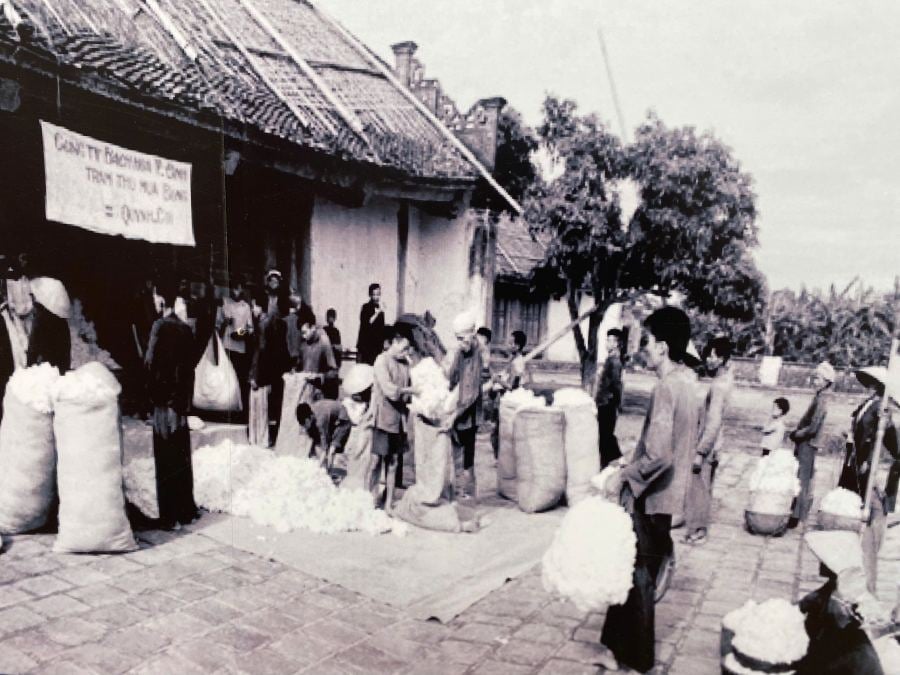
This photo was taken in 1956 at Thai Binh General Store, the store that purchased cotton from farmers in Quynh Coi District (old), now Quynh Phu Commune, Hung Yen Province. Photo: Mi Lan
Laodong.vn
Source: https://laodong.vn/van-hoa-giai-tri/so-tiet-kiem-quat-con-coc-ke-chuyen-dac-biet-o-trien-lam-thanh-tuu-dat-nuoc-1565435.ldo





![[Photo] Hanoi is ready to serve the occasion of the 80th National Day Celebration on September 2nd](https://vphoto.vietnam.vn/thumb/1200x675/vietnam/resource/IMAGE/2025/8/29/c838ac82931a4ab9ba58119b5e2c5ffe)


























































































Comment (0)